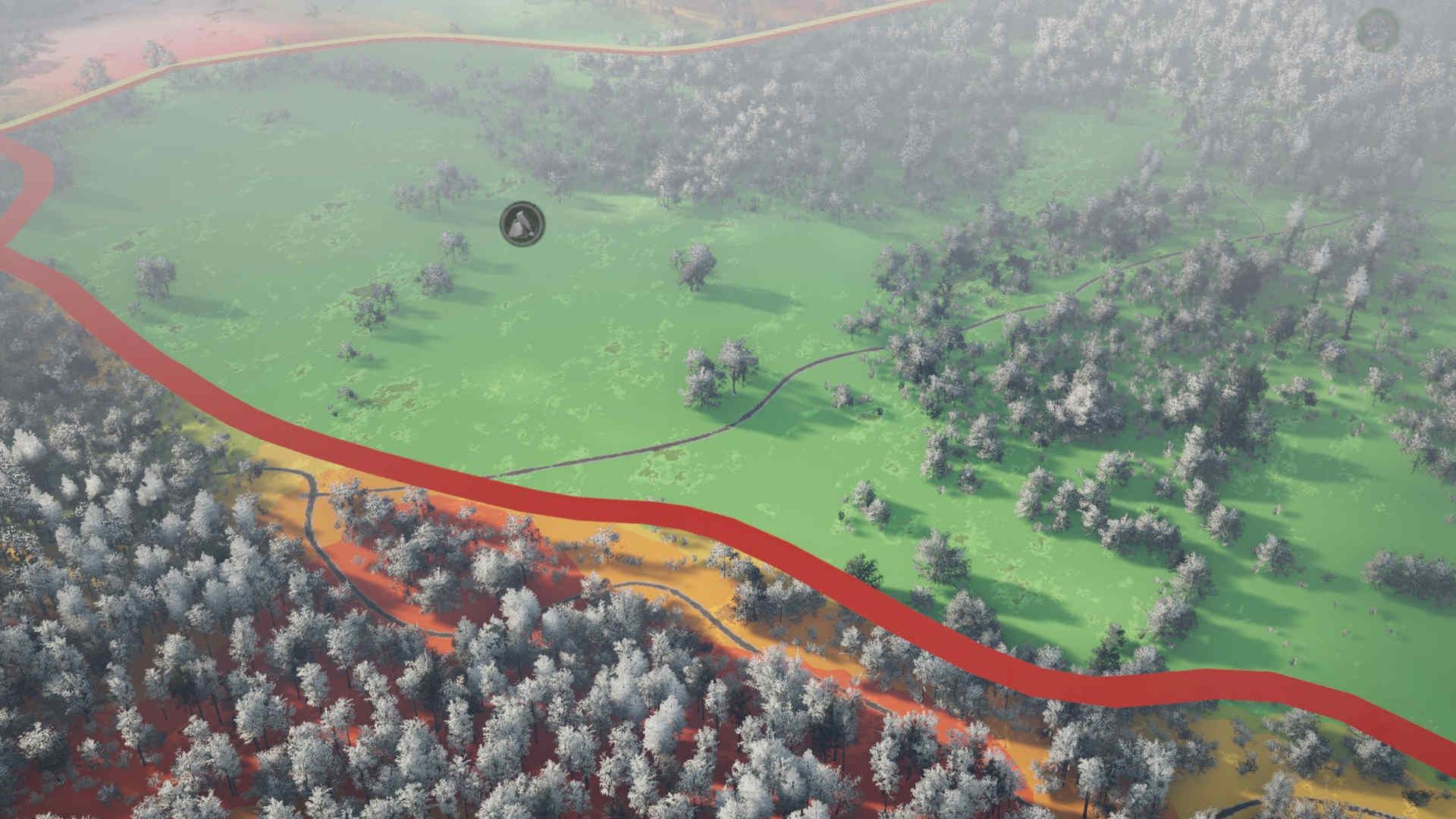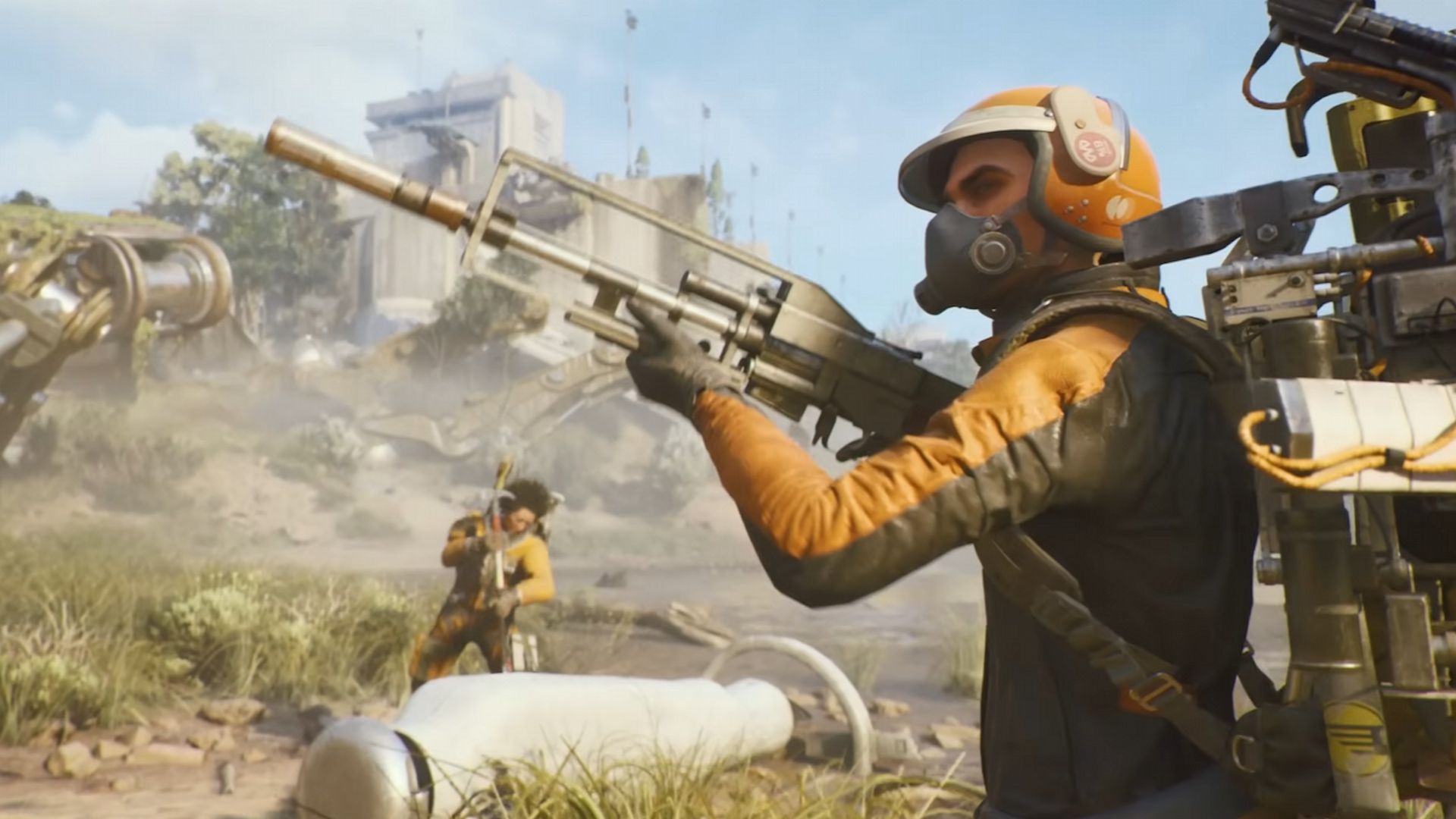In Sekiro: Shadows Die Twice, FromSoftware program has produced one more title within the Souls lineage of games – however an elevated motion focus and a few slick strikes borrowed from Tenchu assist to set it aside.
The crew at FromSoftware program has finished it once more. One has to marvel what number of instances they’ll get away with it – however sure, Sekiro: Shadows Die Twice is one other one in every of these games. It is strictly what you’d anticipate; you’ll die typically till you grasp a parry transfer, you’ll stress out about extending your well being bar and therapeutic capabilities, and also you’ll spend a lot of the game monitoring a secondary meter alongside well being that determines your vulnerability.
It’s all very Souls. And that’s wonderful, actually – the excellent news being that Sekiro looks like an excellent a kind of games. That actually isn’t all that shocking in a way – FromSoftware program is the originator of this new sub-genre of types, so that you’d anticipate the studio to get it proper. You’d additionally anticipate From to know how you can differentiate the brand new game from these different titles – and Sekiro does an honest job at that additionally.

For the older amongst you within the viewers, there’s a transparent touchstone for that different aspect of Sekiro – the Tenchu collection, which started in 1998 and made its final look in 2009. FromSoftware program didn’t create Tenchu – that was the work of Acquire – however the studio did work extensively on the collection and in the end ended up proudly owning the franchise IP. They truly bought these rights from Activision, who’s now publishing Sekiro – so in some ways, all the pieces has come full circle.
Back when Sekiro was first teased as ‘Shadows Die Twice’ some followers speculated it may very well be a brand new Tenchu – and in a approach it kind of is. Tenchu was a stealth motion game, and that’s the place this title is most totally different to its Souls friends – stealth is completely a viable possibility, at the least for a bit of fight encounters.
While it seems Sekiro could have a barely extra linear method to the game at giant than in Souls, moment-to-moment it’s a extra open game. As quickly as you allow the tutorial space you’re awarded a grappling hook with which you’ll zip between a number of pre-defined factors, including a kind of verticality to proceedings that makes all the pieces really feel approach totally different.
While it’s typically reductive to take action, Sekiro is on this sense finest described by these titles it’s just like. The grappling hook is straight out of Tenchu, as an illustration, however the fashionable approach it really works most recollects the latest Batman games. Your capacity to crouch and develop into basically invisible in tall grass and the best way enemy ‘alert’ meters slowly refill whenever you’re seen is straight out of a variety of latest stealth adventures together with the latest Assassin’s Creed games.
Stealth requires quicker motion, and so Sekiro has that – the truth is, it’s usually a quicker game throughout the board. You can grapple throughout rooftops to keep away from being seen, then satisfyingly sprint up behind an enemy in a crouch stroll to plunge your blade into their neck – and in doing so, you keep away from a doubtlessly nasty fight encounter. In the early hours of Sekiro I performed it was completely doable to stealth round an space choosing off enemies on patrol one-by-one in stealth, and it was even doable to make use of stealth or traversal talents to easily bypass among the more durable sub-boss fashion enemies. If fight will get an excessive amount of, you may as well escape by grappling on excessive and fleeing throughout the rooftops – and even that admittedly cowardly act feels nice.

Naturally, having a Souls-style punishing fight system encourages you to make use of stealth much more, however ultimately you’re going to be compelled right into a full-on melee encounter. Here’s the place the managing two meters kicks in – although this time it’s well being and posture somewhat than stamina.
The fascinating factor about posture is that it goes each methods – each the protagonist and enemies have to fret about it. Posture is smart for a game primarily based round use of the katana, and the thought is straightforward: the extra hits you’re taking, blocked or in any other case, the extra your posture is decreased. When posture is completely exhausted and damaged, instant-kill execution methods may be unleashed.
This is the thrilling, delicate dance on the core of Sekiro as soon as stealth ultimately, inevitably fails you: you should be aggressive. Standing again, blocking and counter-attacking is all nicely and good, however an enemy on the verge of damaged posture would possibly retreat again so as to let their posture replenish, because it does over time. To get that execution you’ll wish to press the assault fastidiously whereas not leaving your self open, as chipping away on the well being of enemies with out breaking their posture results in longer and thus extra doubtlessly lethal encounters.
It additionally encourages gamers of all ability ranges to aim to realize a mastery of parries somewhat than blocks – parrying provides a short window the place you’ll be able to land an assault that does devastating injury to enemy posture. As you attempt to grasp this it’ll additionally develop into clear how a lot effort has gone into enemy animation, making each swing and thrust of a katana completely predictable if you recognize what to look out for – and after a couple of deaths, that’s a lesson you’ll rapidly be taught.
Tougher enemies could have a number of well being bars, so your problem then turns into breaking their posture a few instances so as to end them a couple of instances over. It does look like posture is a common mechanic, although some bigger troll-like enemies I encountered appeared like they’d be extremely tough to interrupt – and at that time it turns into extra like the opposite FromSoftware program games, all about blocking, dodging and weaving to land devastating assaults.
When that every one goes incorrect, Sekiro has one final trick up its sleeve – and it’s all to do with the game’s identify. You see, you’ll be able to die twice. Sometimes greater than twice, the truth is. There’s story causes for this I received’t go into right here to keep away from spoilers, however mainly whenever you’re first downed any time after a bonfire-like checkpoint, you’ll lay there bleeding out and be given an possibility – to die, or to resurrect.

This isn’t only a system that offers you a second likelihood – it performs into Sekiro’s stealth methods. While there’s a time restrict on the choice, enemies lose curiosity whenever you die, strolling off again on their patrol routes and the like. As such, if caught and killed in stealth you’ll be able to play lifeless till enemies stroll a distance away, then resurrect and disappear again into the shadows. It additionally does naturally work as a security internet for that brutal issue, and even after dying when you may be rewarded with an extra resurrection with no need to relaxation just by killing a variety of enemies. Again, aggression is rewarded, and one can instantly see the methods by which these methods may very well be manipulated to work together for fascinating outcomes. This game is sort of sure to have completely superb speed-runs.
The essential factor to notice about this method is that it doesn’t uninteresting the sting of a hard-as-balls FromSoftware program game – or at the least it doesn’t within the opening hours I performed. Nor does the elevated pace and traversal capacity – in the end all of it suits proper in, the consequence an thrilling and totally different tackle one thing very acquainted. From and Activision are presenting Sekiro as extra of an motion game than RPG – and it’s that, however there’s nonetheless buffs, debuffs and upgrades to juggle even when you can be utilizing one core weapon within the your katana plus a variety of neat gadget sidearms.
It feels as if there’s lots right here to excite and curiosity even probably the most seasoned Souls veteran, and the unabashedly Japanese setting (full with Japanese voice work) means there’s a considerably totally different taste, too. In different methods it’s very acquainted. You meet your weapon and well being upgrading NPCs early on, and boy – these are the Souls tropes. The game appears to realize it and personal it, nevertheless.
It says so much in regards to the FromSoftware program method that regardless of all these variations Sekiro nonetheless very a lot feels minimize from the identical fabric as most of their different games during the last decade. Because of that I think about it’ll battle to transform those that bounced off Souls beforehand – however in the event you’re hungering for a brand new title in that vein and are sick of hoping and praying for a Bloodborne 2 or Dark Souls 4, Sekiro positively seems prefer it’ll scratch that itch.
Source










